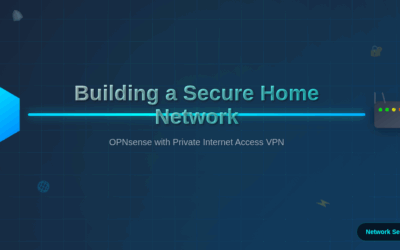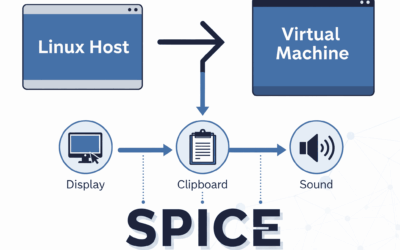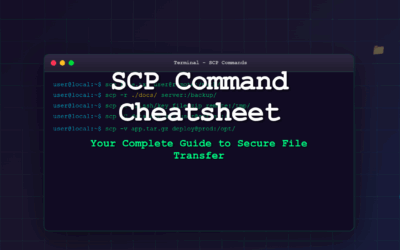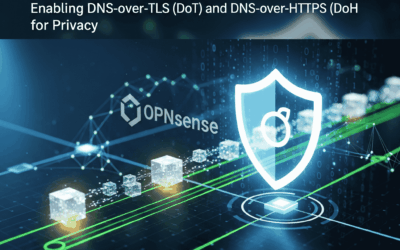Introduction In today's digital landscape, network security and privacy have become paramount concerns for both home users and businesses. While individual VPN clients protect single devices, configuring a VPN at the router level provides comprehensive protection for...
Sandbox99 Chronicles
From My Sandbox to Yours — Practical IT Insights.
Author: Jose Mendez
Supercharge Your Linux VMs: Enabling Seamless Desktop with SPICE on KVM/QEMU
Introduction So, you're a seasoned Linux admin diving deeper into the world of virtualization with libvirt, KVM, and QEMU? Excellent choice! This powerful combination lets you run virtual machines (VMs) with near-native performance. But beyond just booting up a guest...
SCP Command Cheatsheet: Your Complete Guide to Secure File Transfer
Introduction SCP (Secure Copy Protocol) is a network protocol that allows you to securely transfer files and directories between hosts over an encrypted SSH connection. Built on top of SSH, SCP provides authentication and encryption, making it the preferred method for...
LLM Basics: How Large Language Models Work and Why They Matter
🌟 Introduction Artificial Intelligence has rapidly shifted from being a research-heavy concept to becoming an essential tool for IT professionals, security researchers, and enterprises alike. At the heart of this shift are Large Language Models (LLMs) — advanced...
Breaking Down AI: From Prompts to Responses
📝 Introduction Artificial Intelligence can feel overwhelming with all the technical jargon—LLM, MCP, AI Agents, prompts, and more. But when broken down into simple terms, these concepts are much easier to understand. At its core, an LLM (Large Language Model) acts...
OPNsense: Enabling DNS-over-TLS (DoT) and DNS-over-HTTPS (DoH) for Privacy
🔒 Securing Your Home Network: Encrypted DNS with OPNsense In today's digital world, privacy and security are more important than ever. While we often think about encrypting web traffic with HTTPS, one of the most fundamental parts of the internet—the Domain Name...






